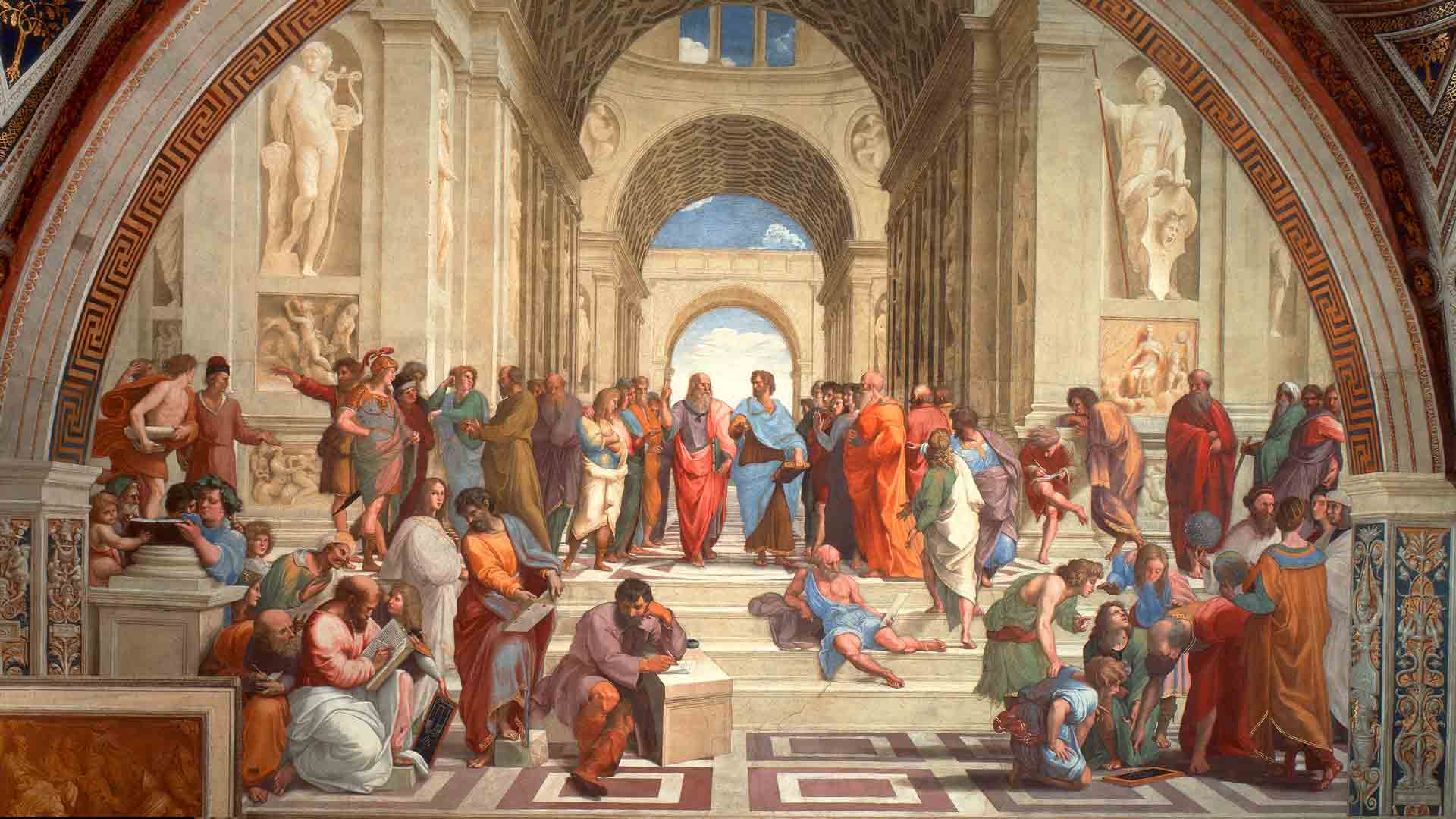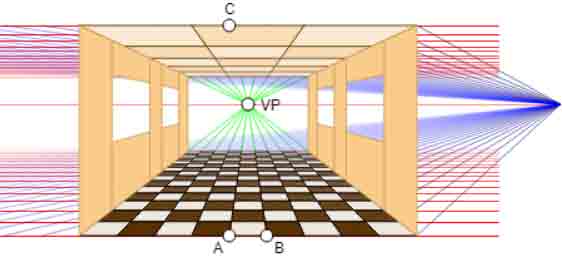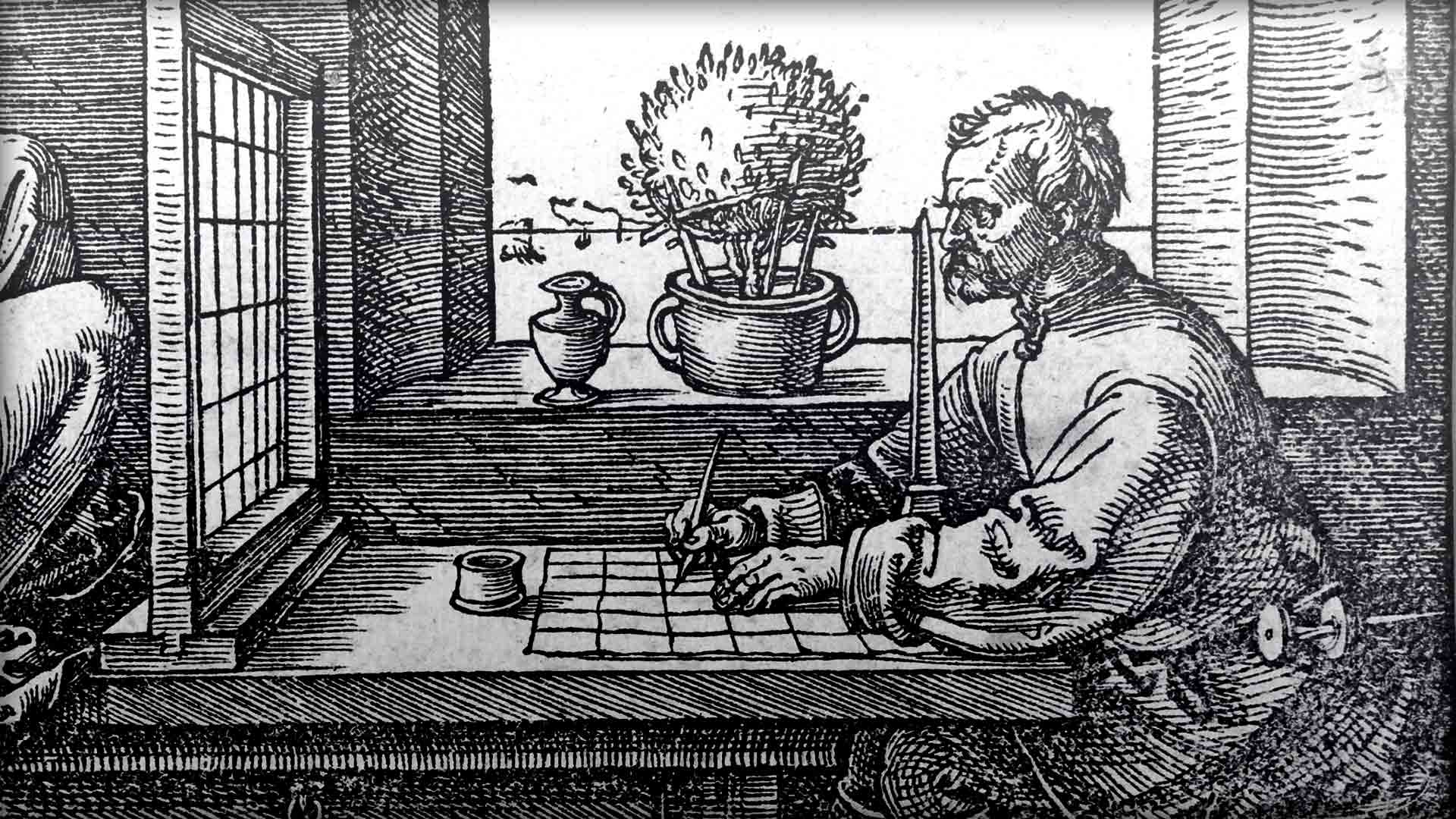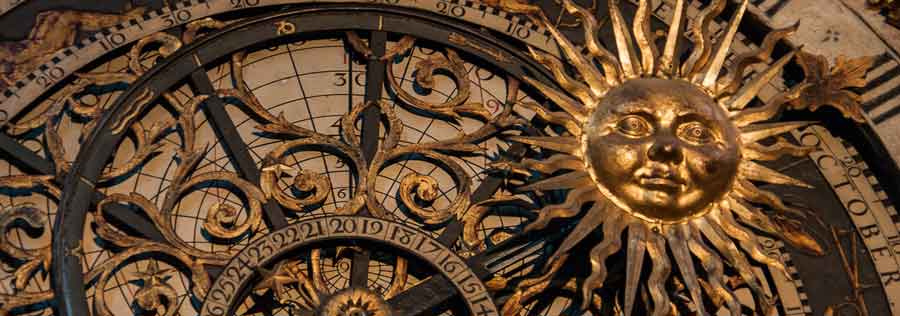Discover the techniques artists use to control and manipulate space in their work:
1. Overlapping: how objects appear to be on top of each other
2. Shading: how adding value (lights & darks), make an object appear three-dimensional
3. Placement: how objects appear to be on top of each other
4. Size: how same size objects appear larger up-close and smaller far away
5. Atmospheric Perspective: how air acts as a filter to change the appearance of distant objects.
6. Linear Perspective: how an object appears smaller the farther away it is.
Master the techniques yourself with artist Lillian Gray!
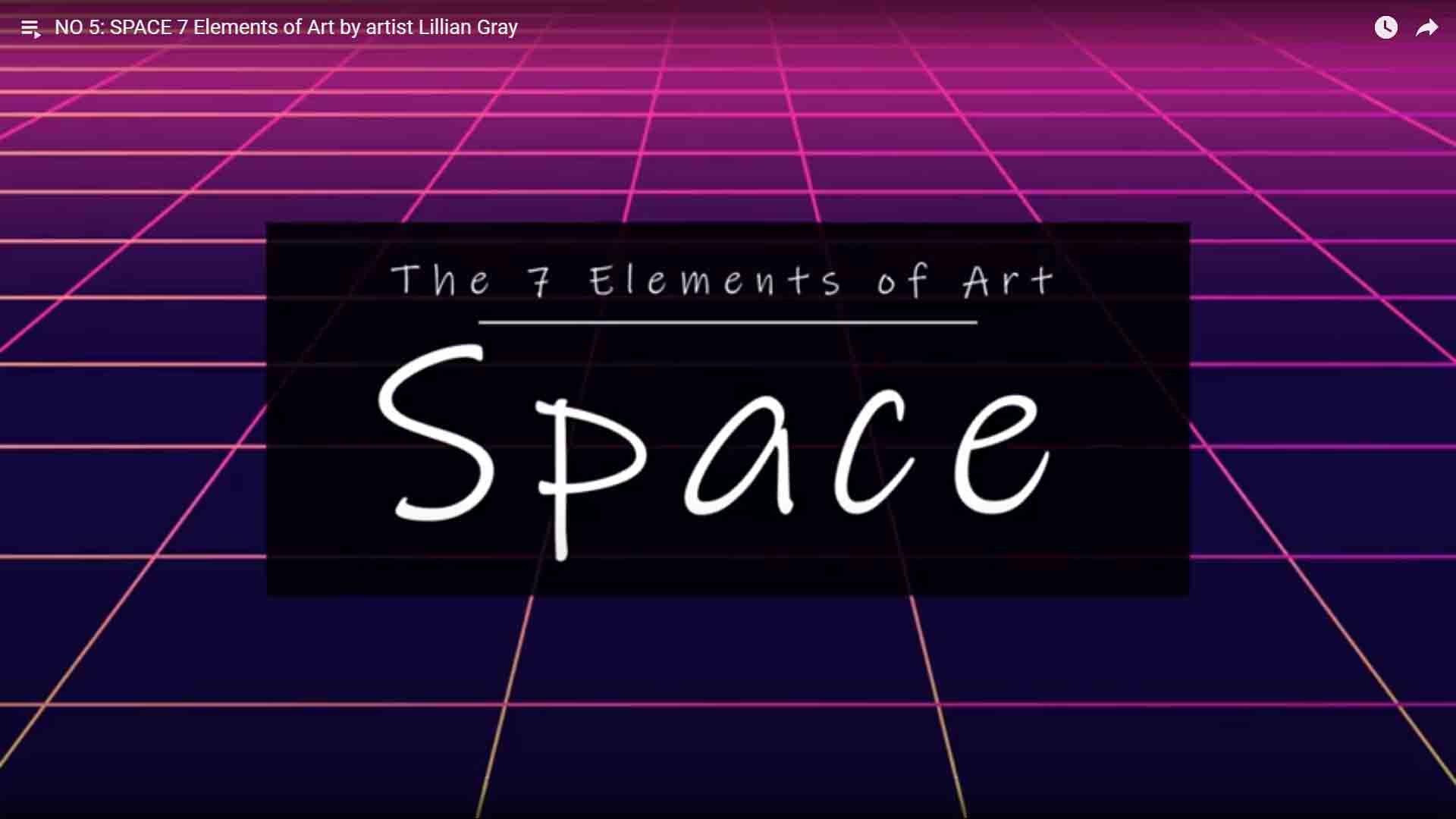
SPACE 7 Elements of Art by artist Lillian Gray (20:58)
Describing the Use of Space (7:43)
Improving Your Own Art (8:22)
